Palmyra – Agora & Tariff Court تدمر – الآغورا و قاعة الضرائب
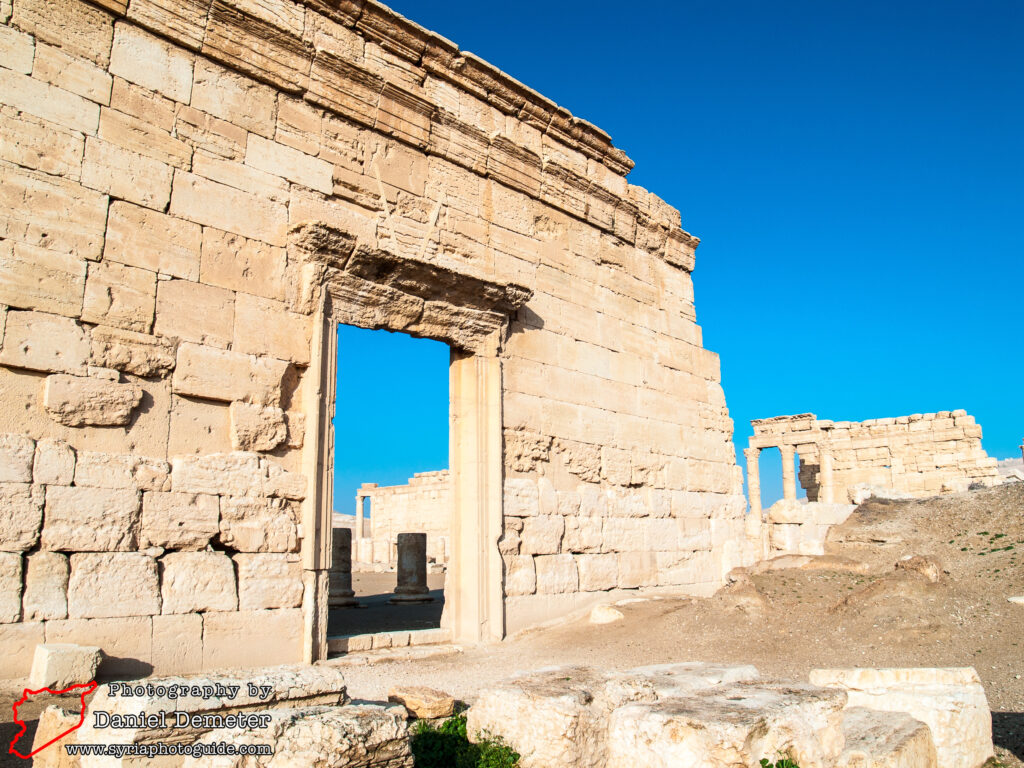
The ancient city of Palmyra (تدمر) features an impressive agora (الآغورا), or public gathering place. While these were traditionally the center of political and social life in ancient cities, in Palmyra (تدمر) it developed a major commercial role, similar to a caravanserai. It was here that trading caravans would unload and exchange their goods, transforming the complex into a central marketplace. The area was first excavated by Henri Arnold Seyrig, the French general director of antiquities in Syria and Lebanon during the French mandate, between 1939 and 1940.
The agora (الآغورا) was originally constructed in the second century. The complex measures a remarkable seventy-one by eighty-four meters and has eleven entrances. The exterior walls featured dozens of windows richly decorated with triangular pediments. The open courtyard was once enclosed by porticoes on all four sides. Approximately two hundred pillars supporting the portico originally carried statues of prominent citizens of the city. The northeast portico held statues of Palmyrene and Roman officials, the southeast senators, the northwest military officers, and the southwest merchants and caravan leaders. Attached to the western corner of the complex is a triclinium, or banquet hall. Its walls, decorated with stone carvings, would have originally had benches against them for dining guests.
Attached to the southeast of the agora (الآغورا) is the tariff court (قاعة الضرائب). It was here that caravans would have paid their taxes due to the city. The southwestern wall of the complex features a monumental triple doorway that survives relatively well-preserved. It originally had an exterior portico, but the gateway was partially dismantled in the third century during the construction of Diocletian’s wall. In 1881 a Russian-Armenian geologist and archaeologist, Abamelik-Lazarev, discovered inscriptions of Palmyrene tax law dated to 137 CE at the site. The law regulated the tariffs paid by the merchants for each commodity sold at the marketplace or exported from the city. The inscription is now located at the Hermitage Museum in St. Petersburg, Russia.
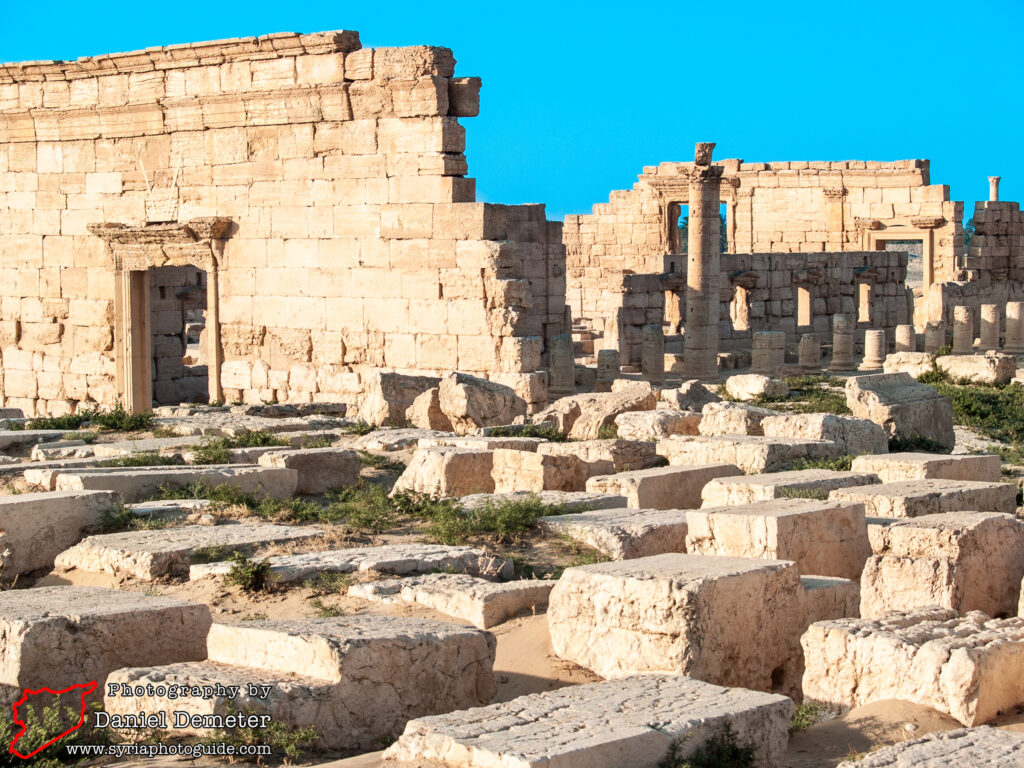
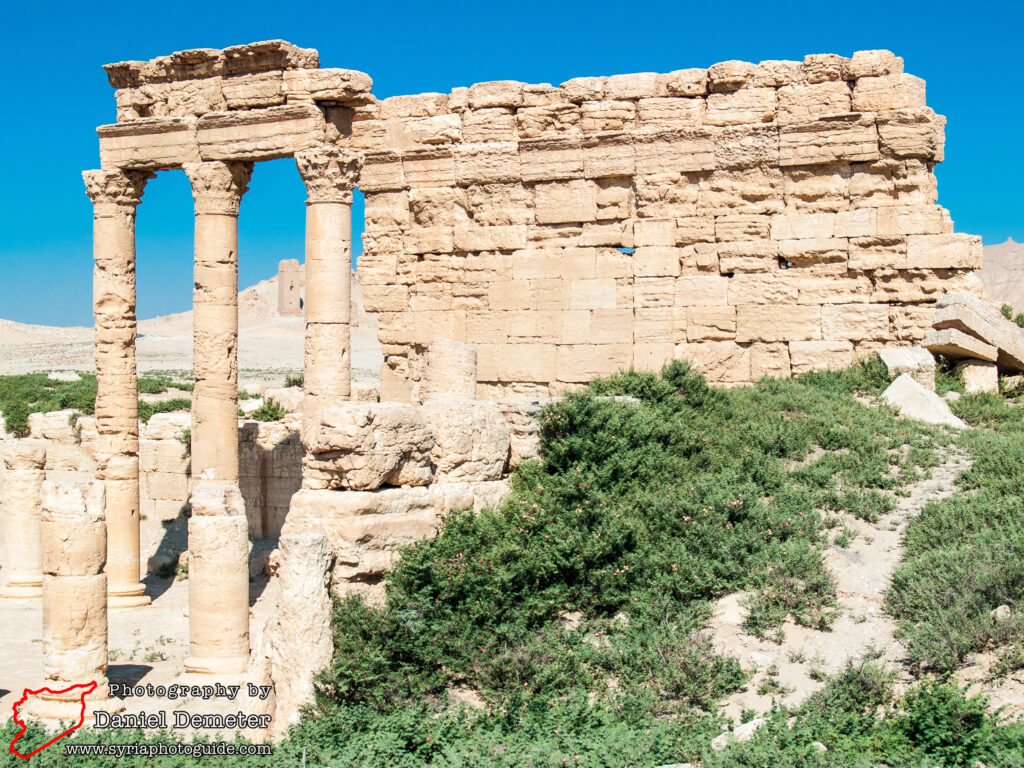
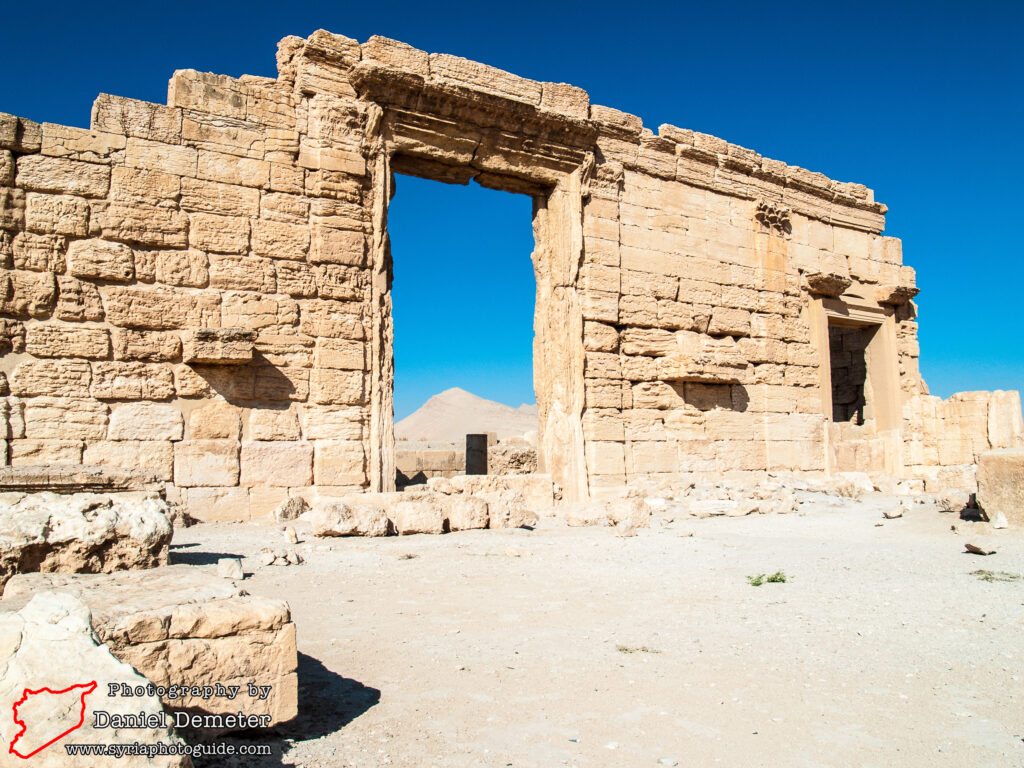
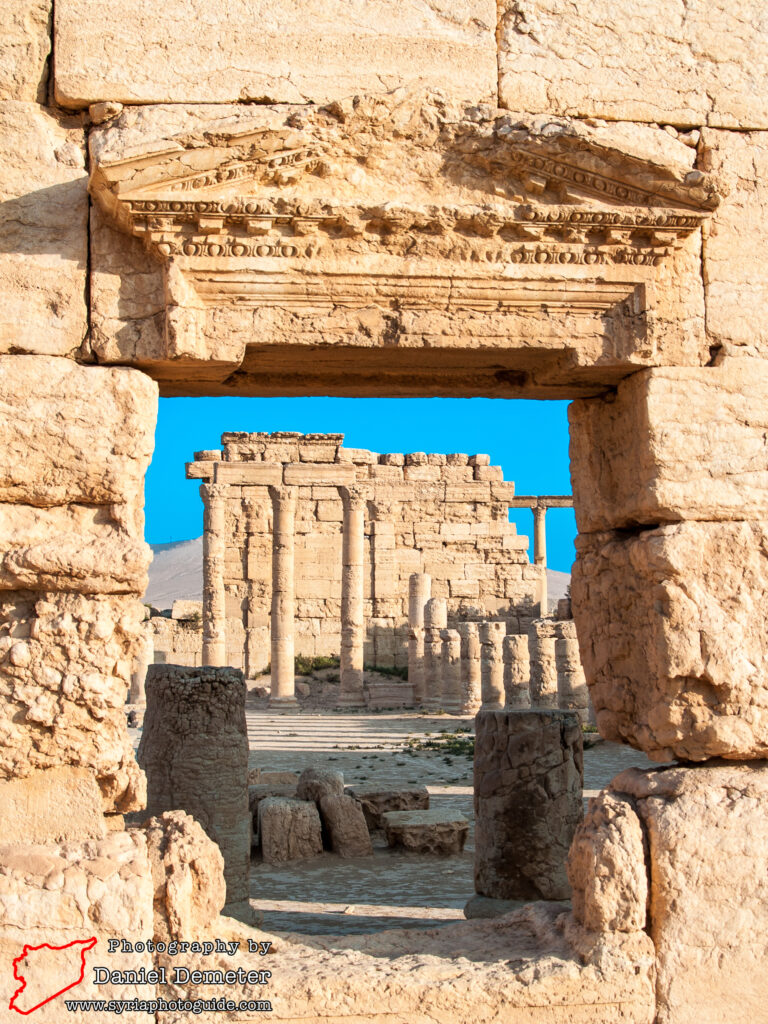
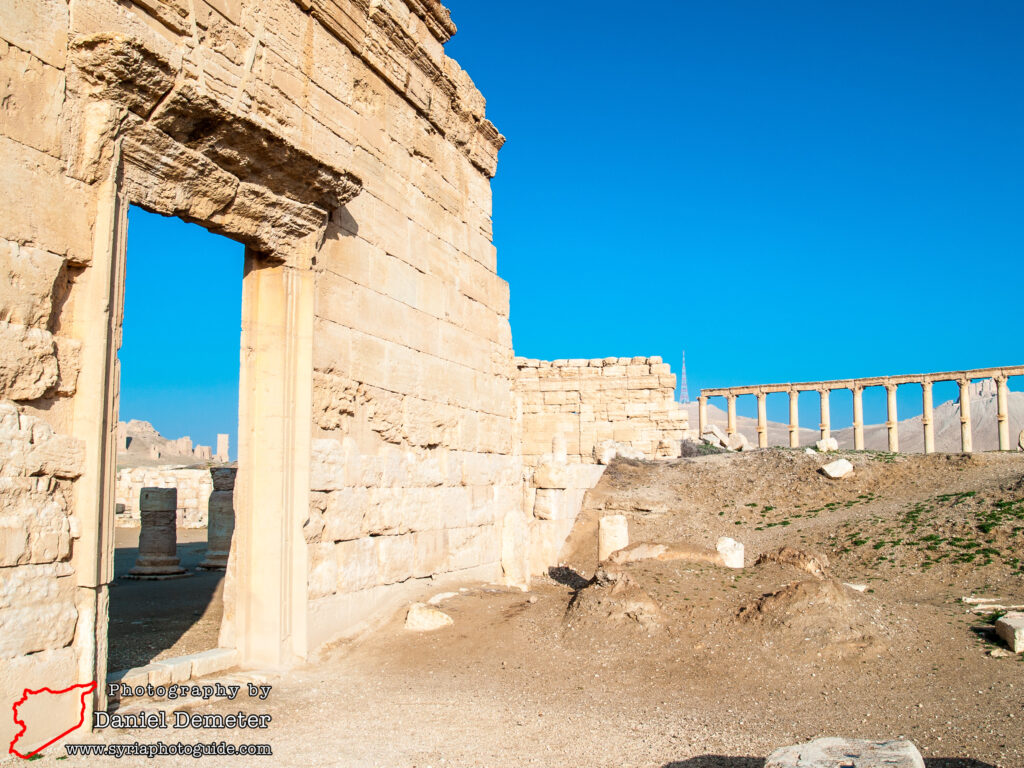
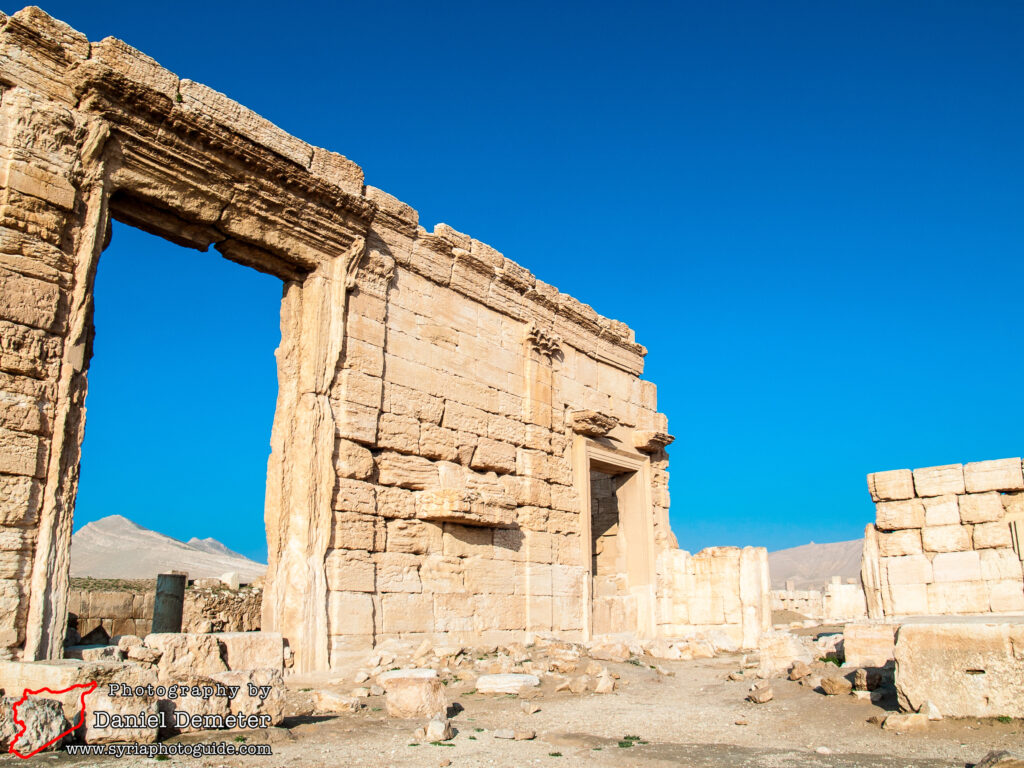
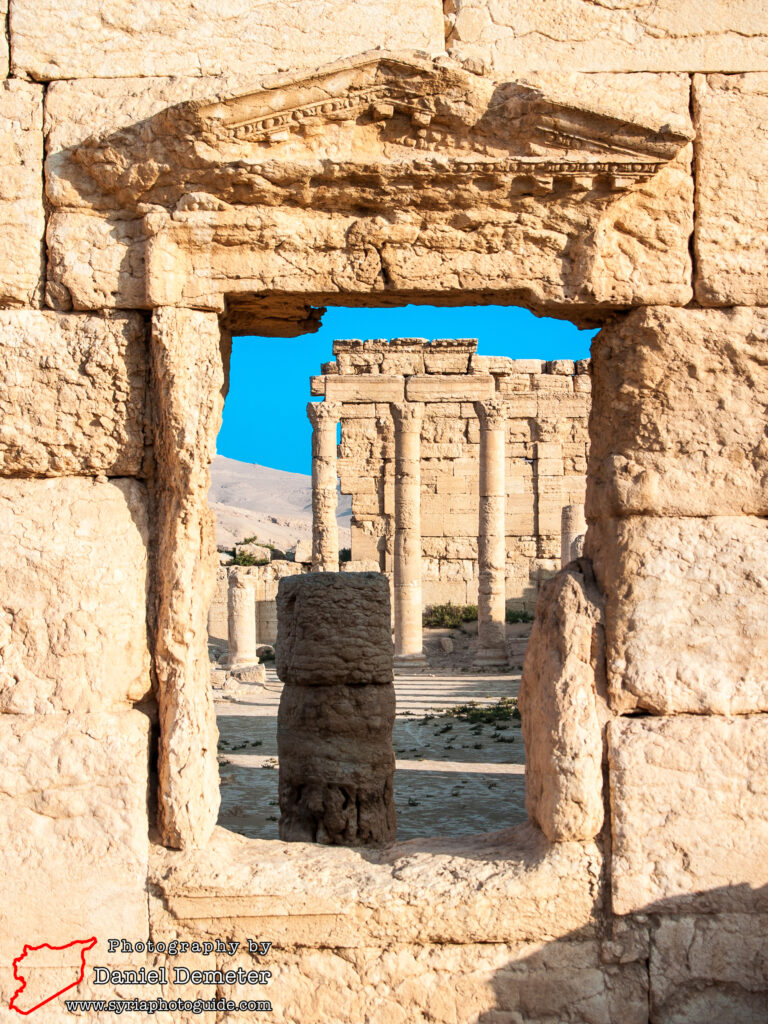
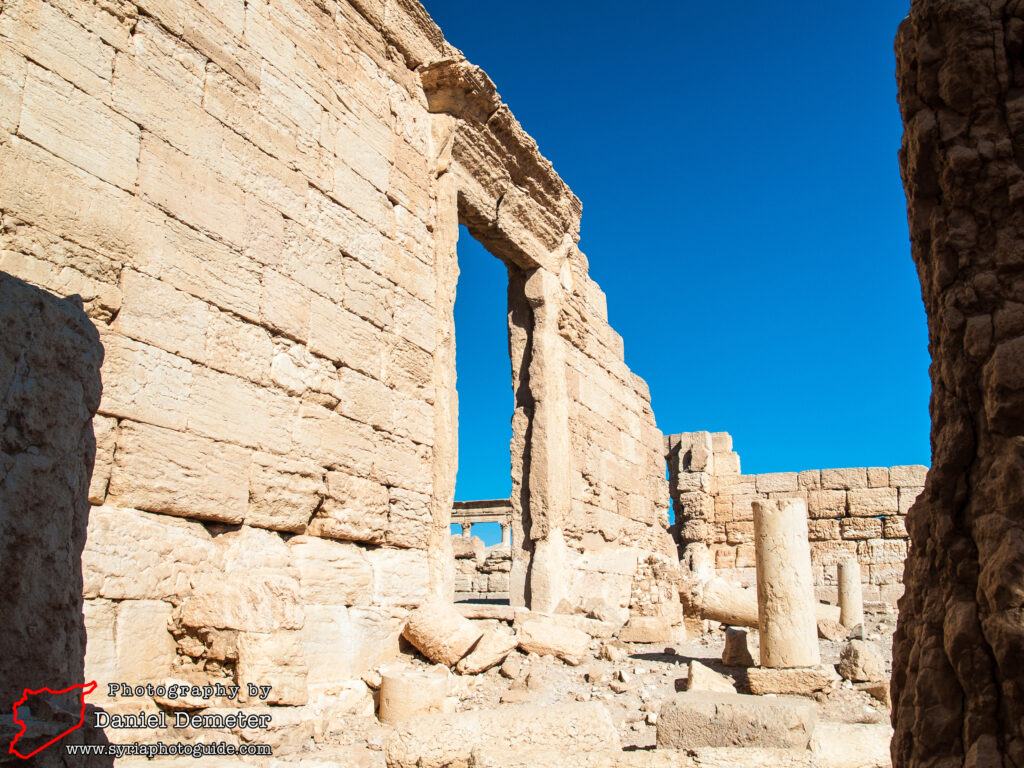
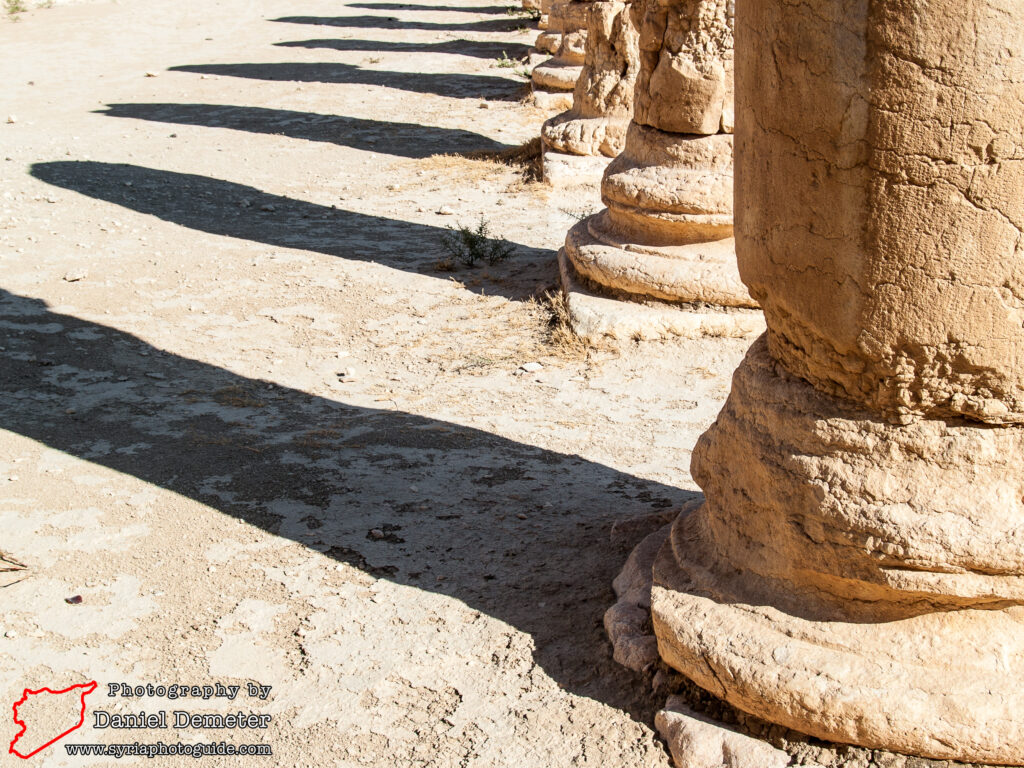
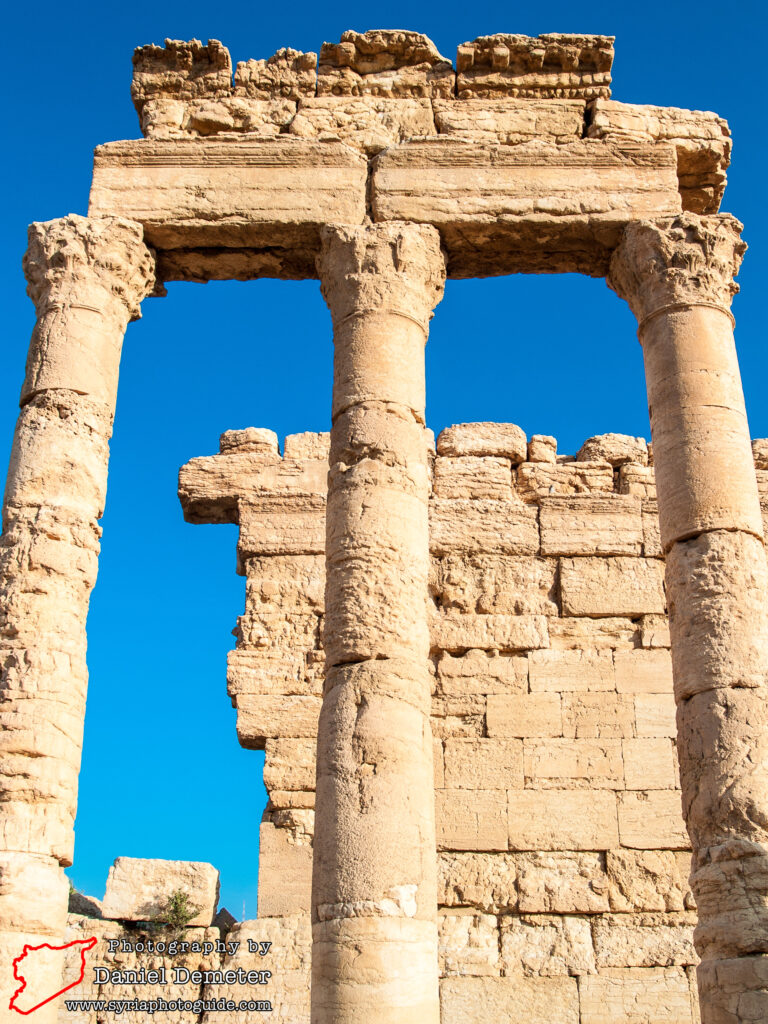
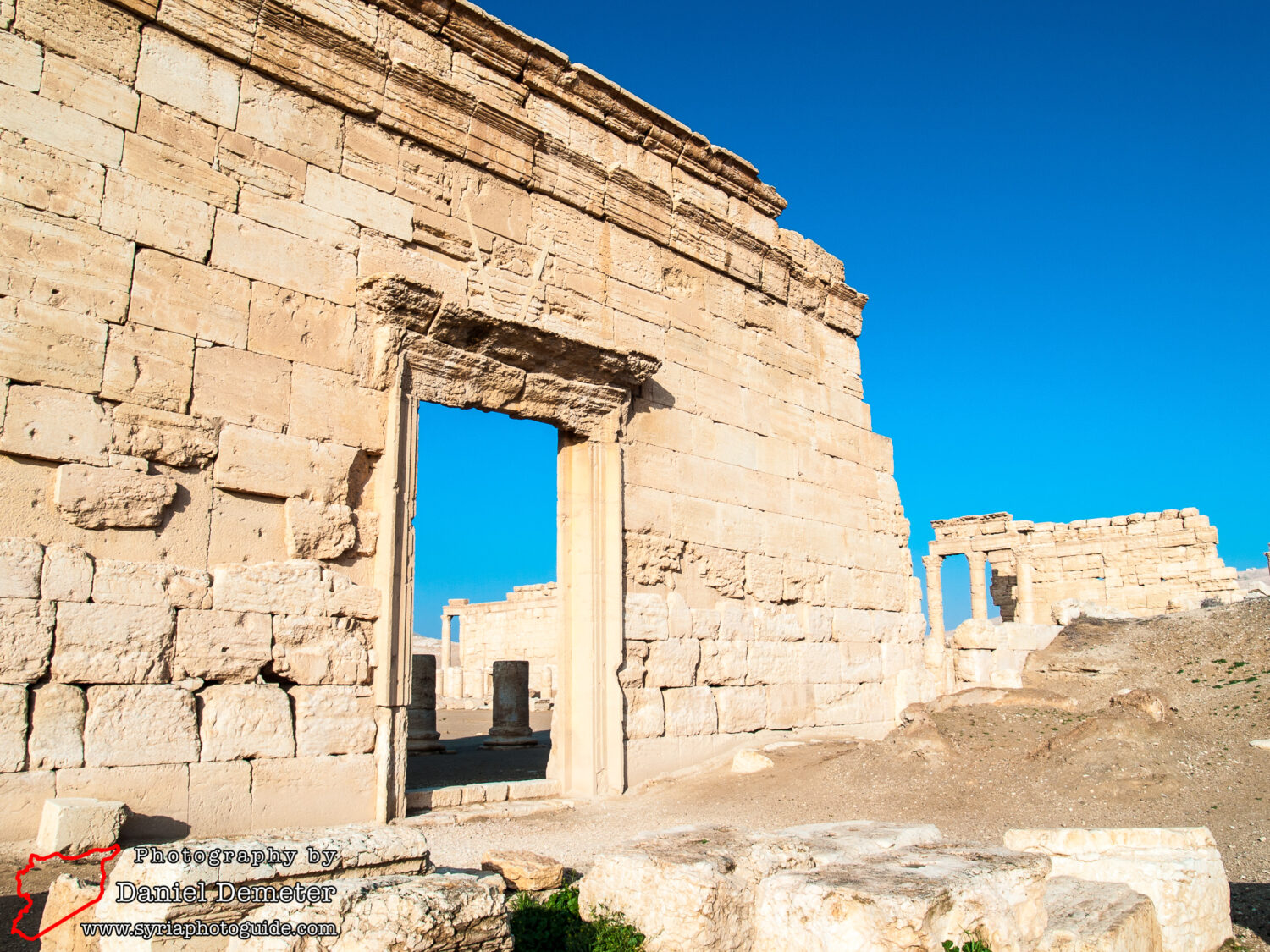
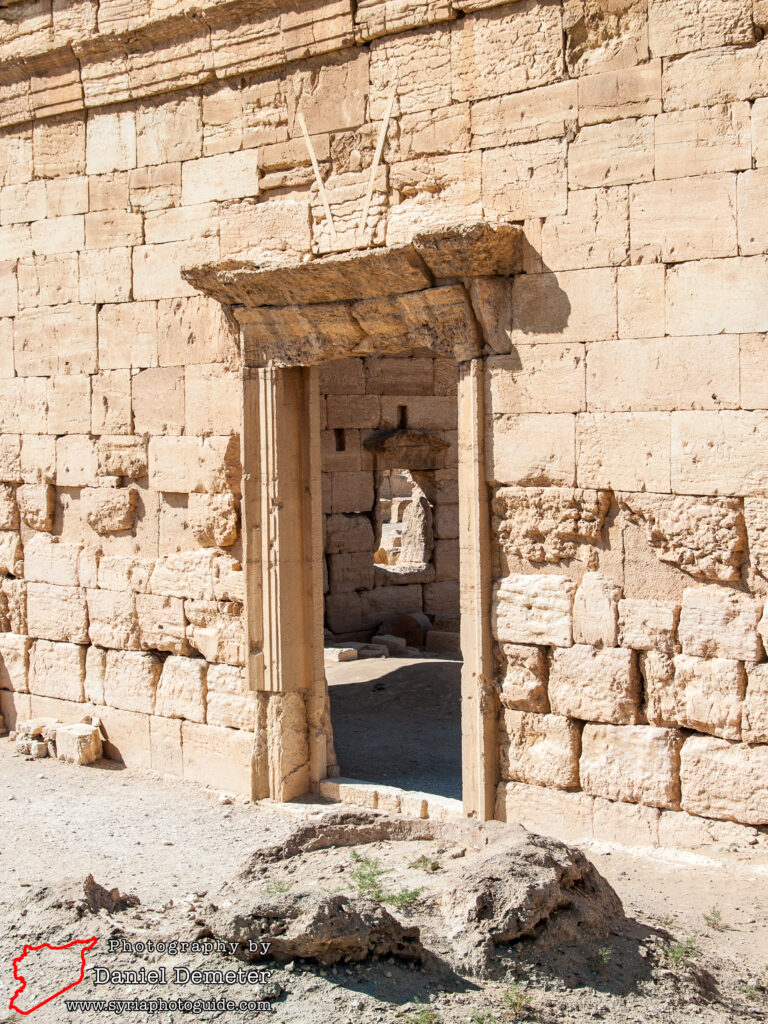
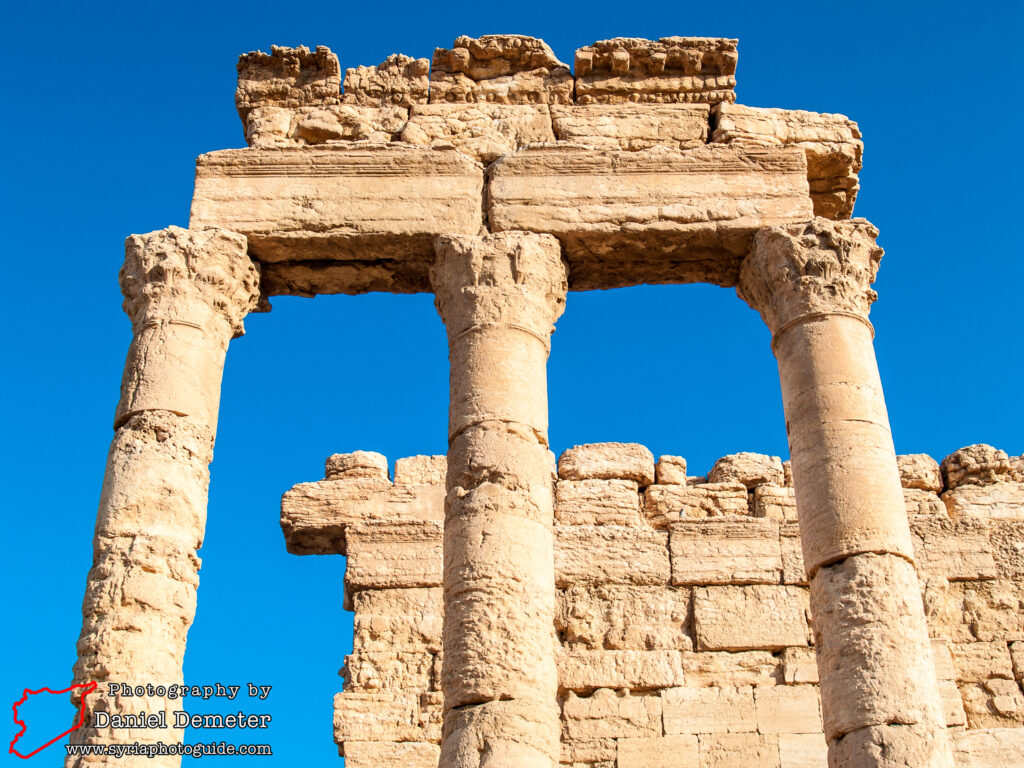
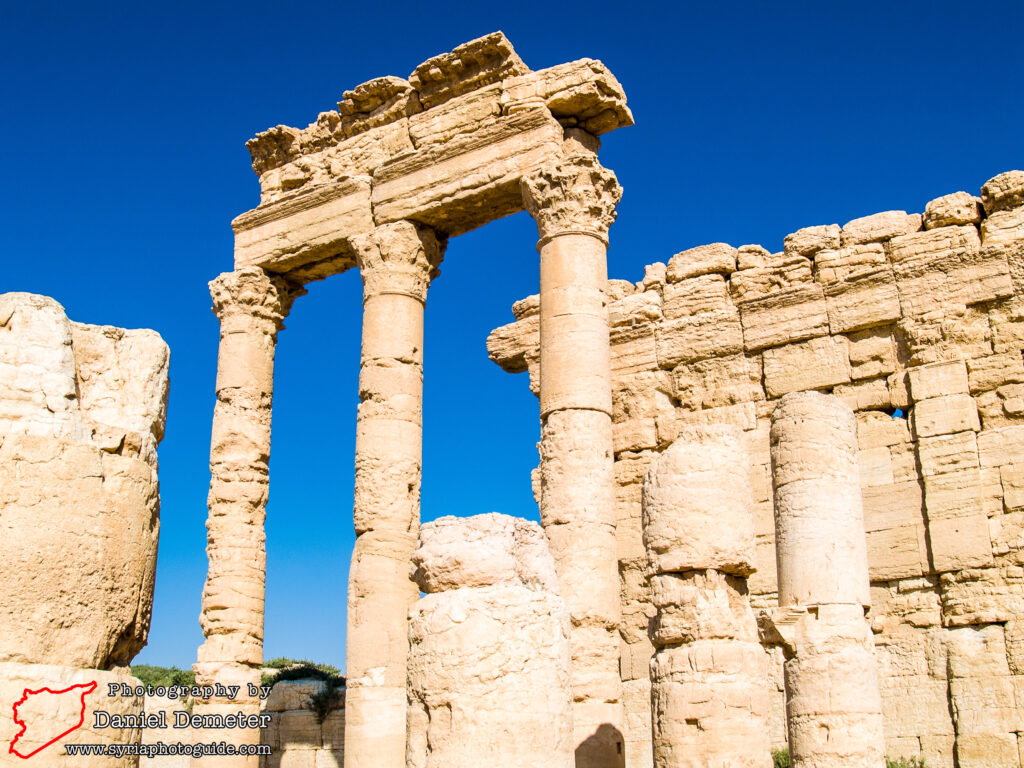
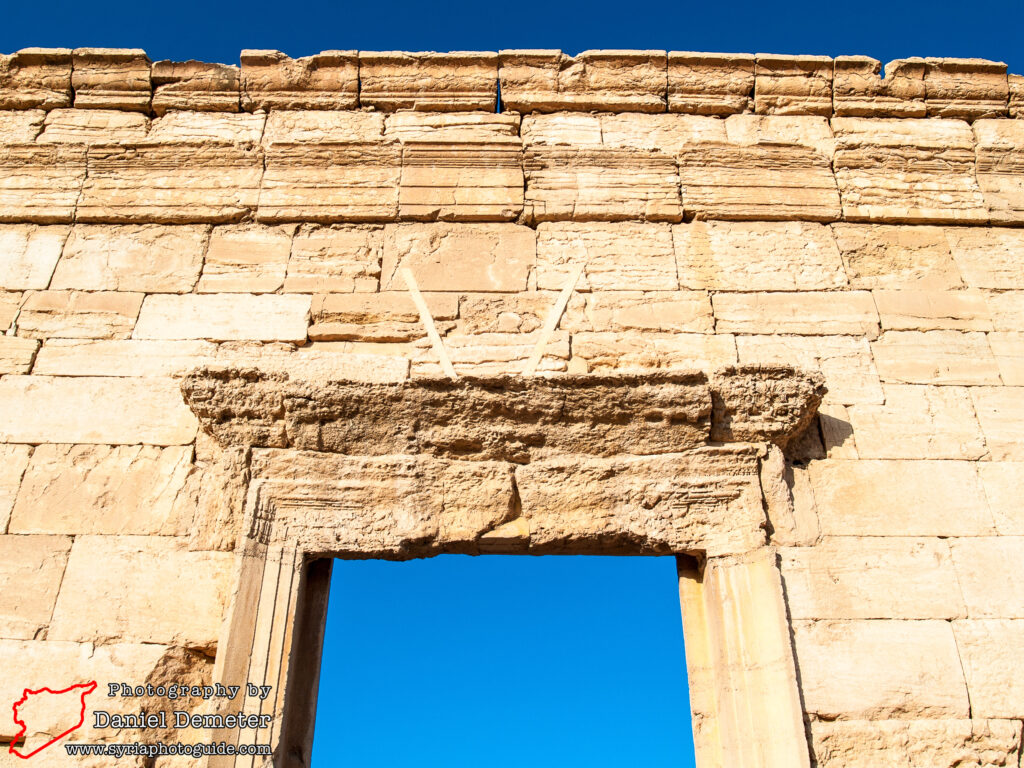
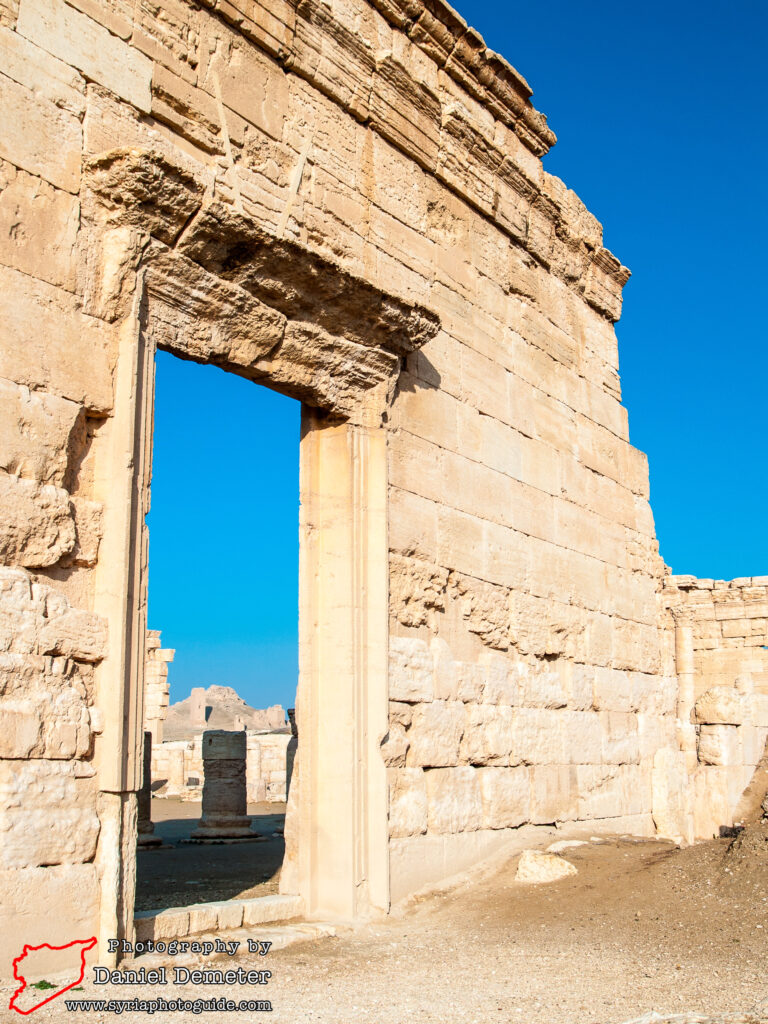
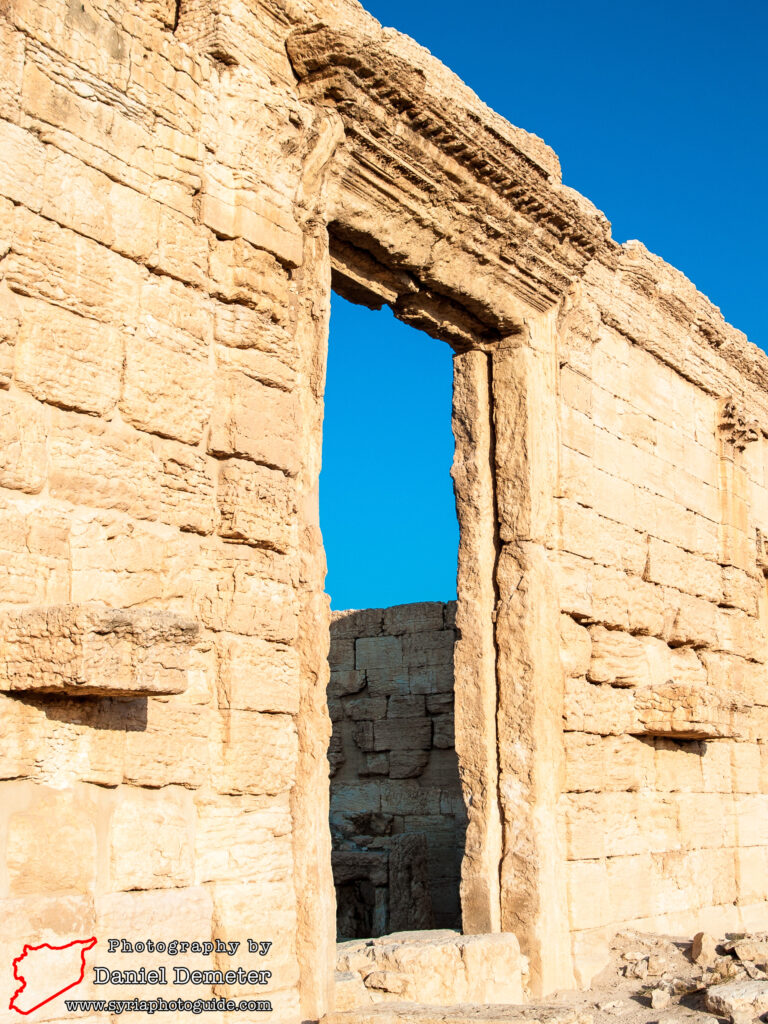
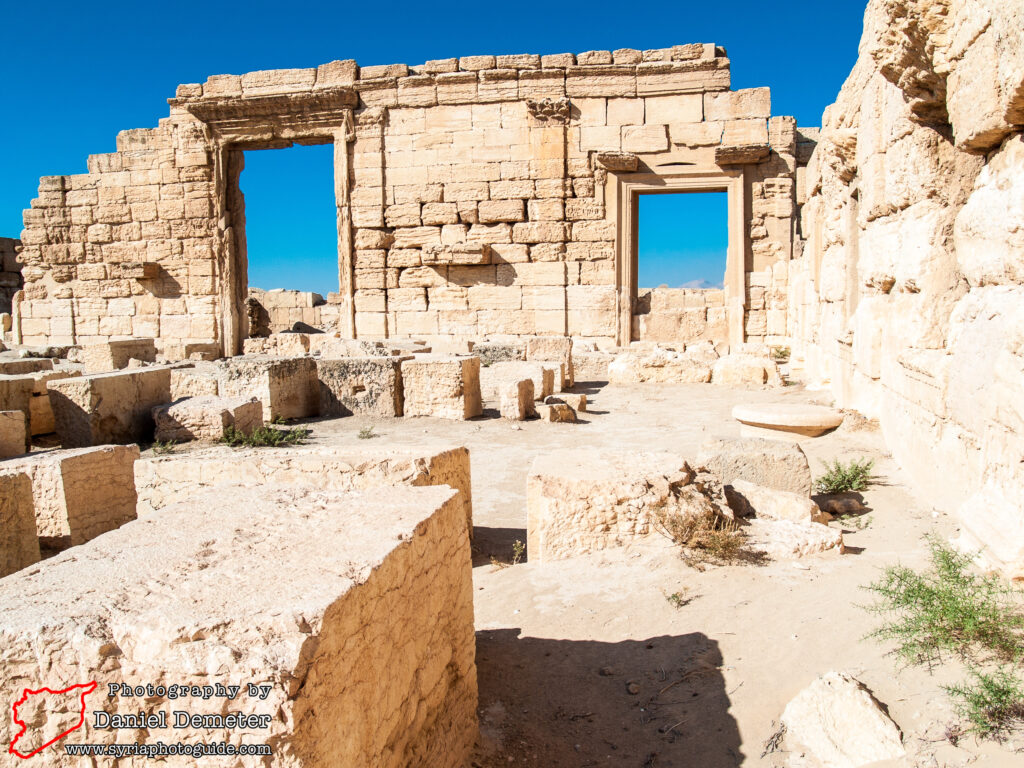
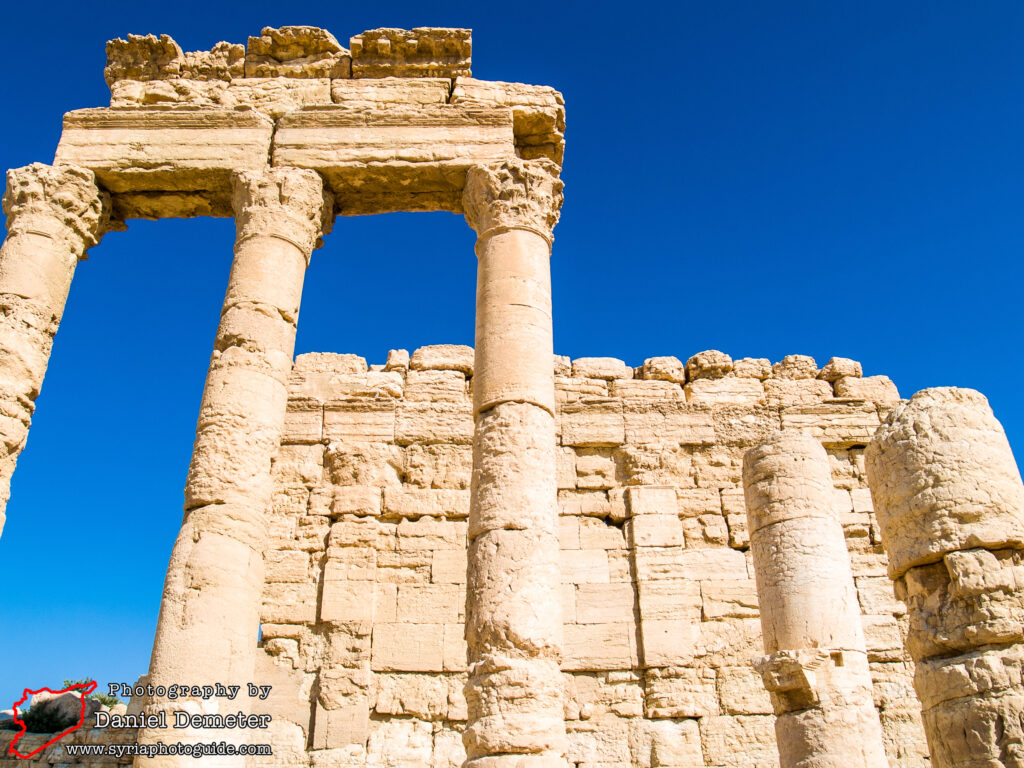
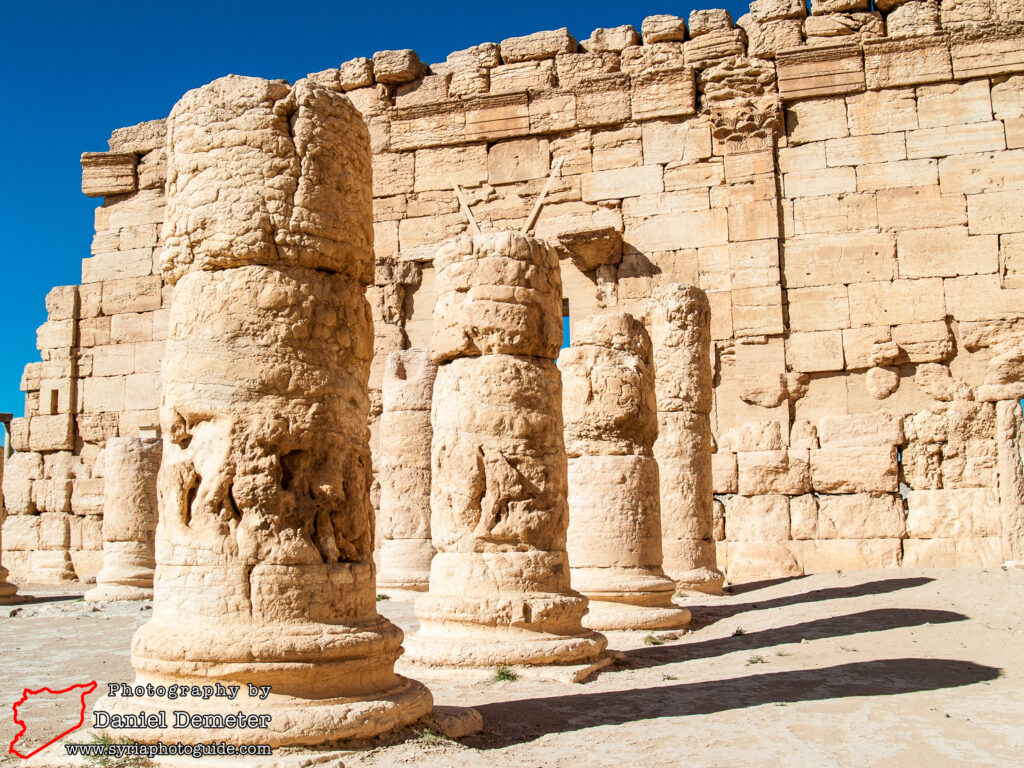
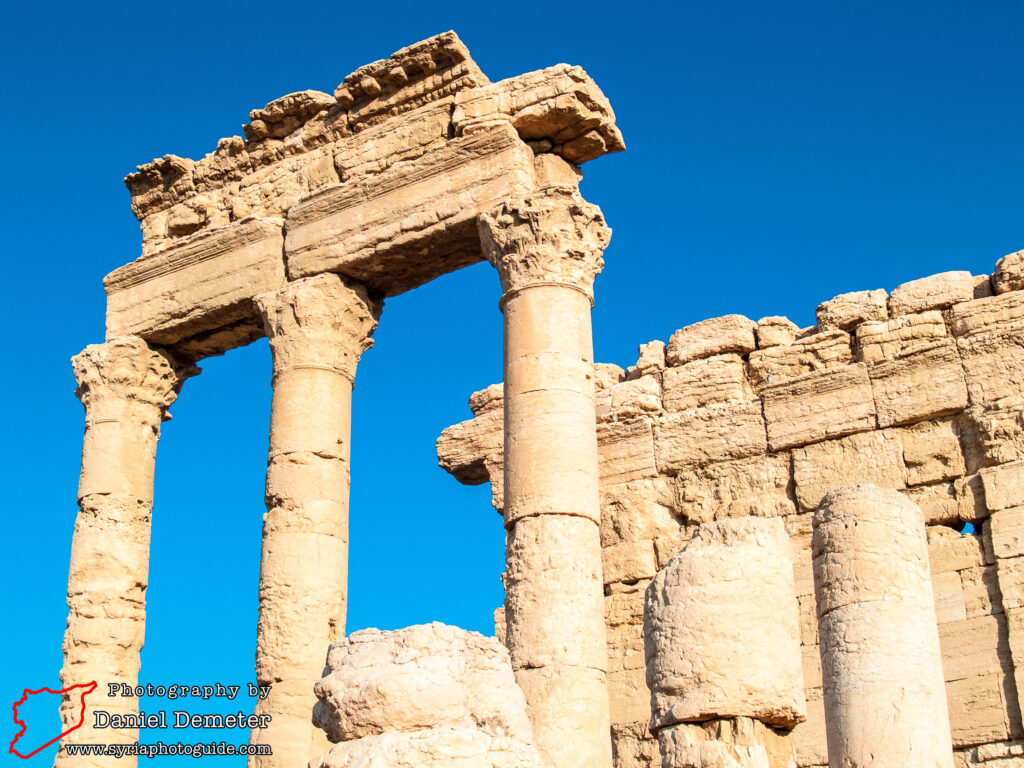
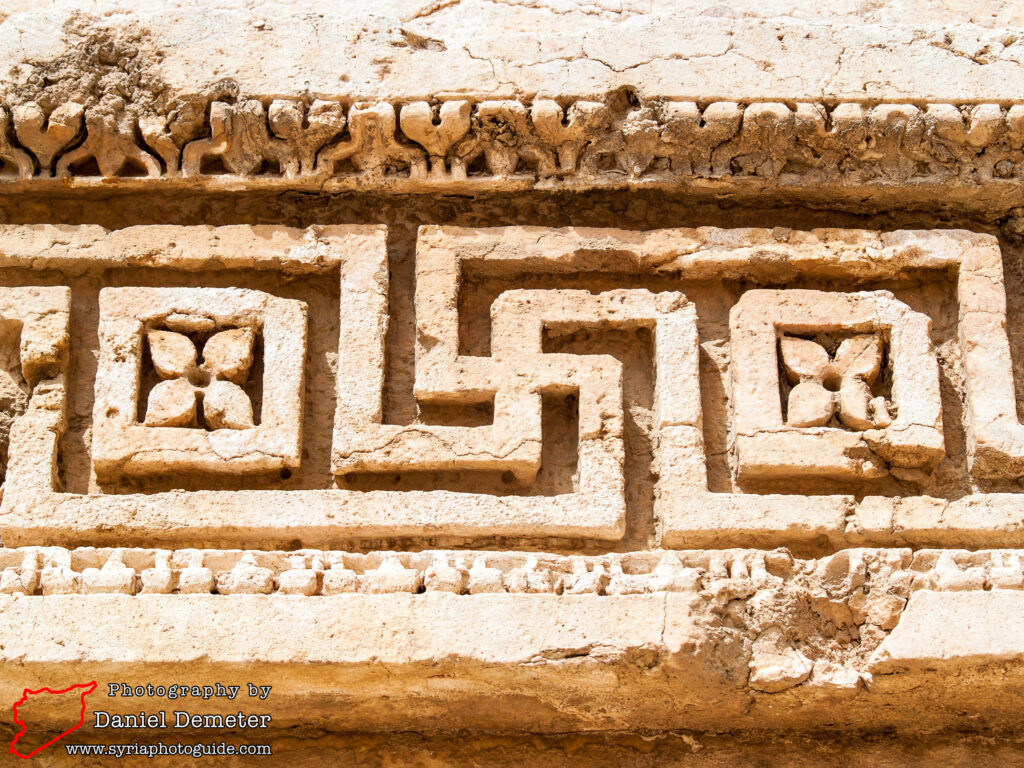
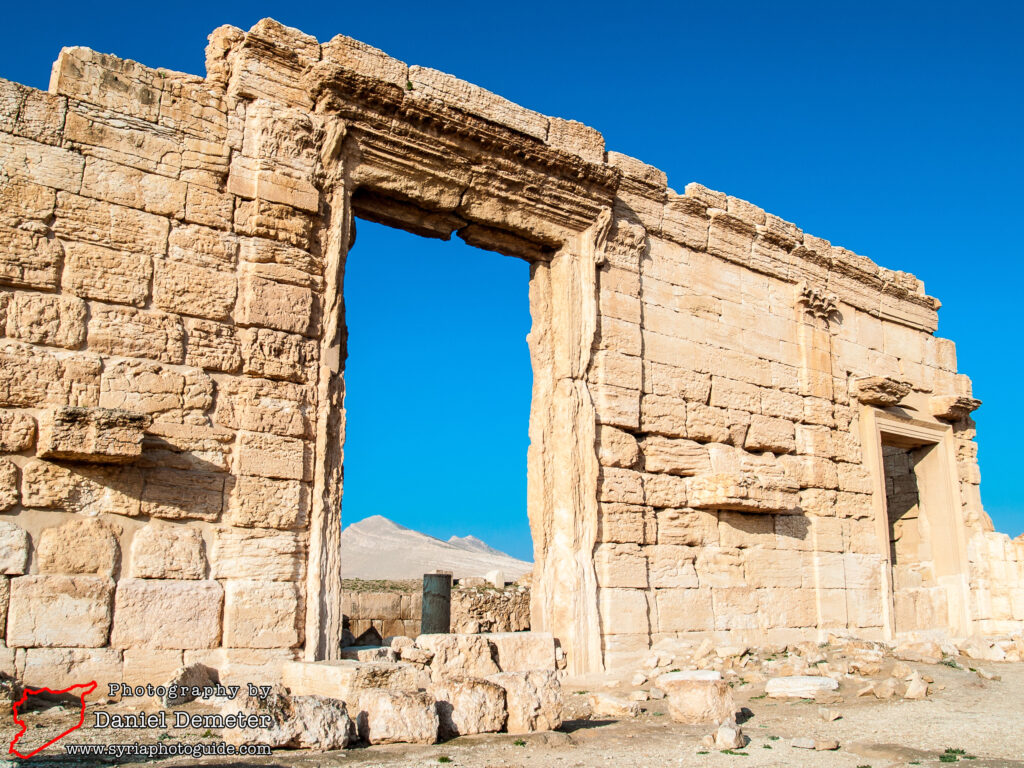
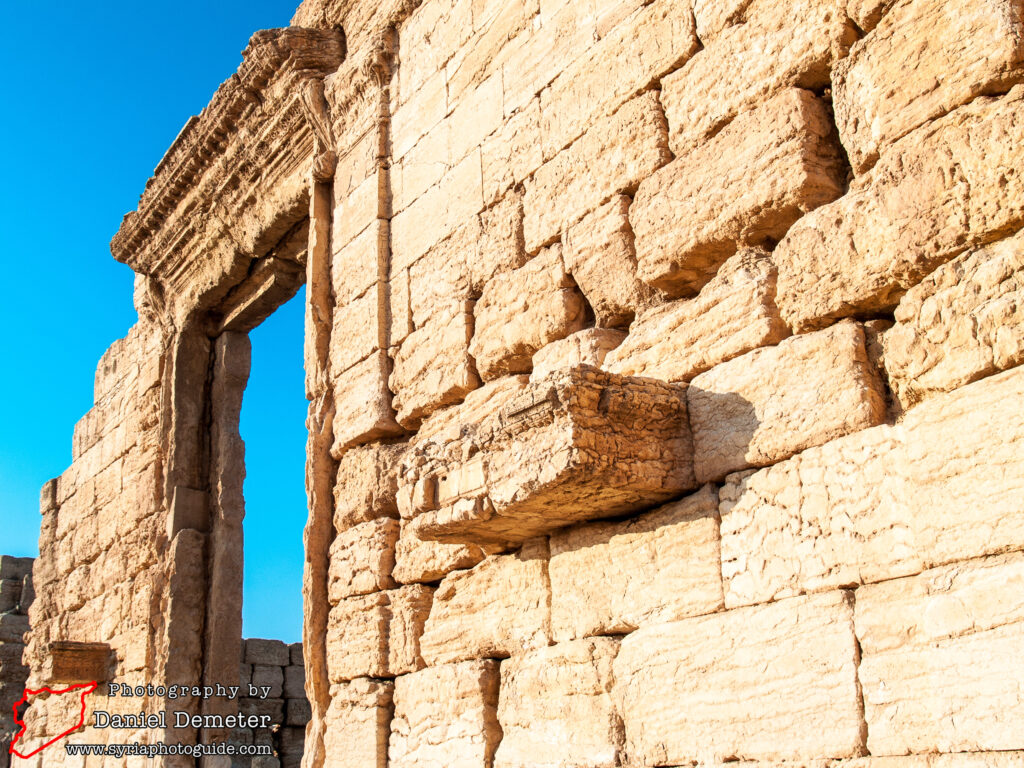
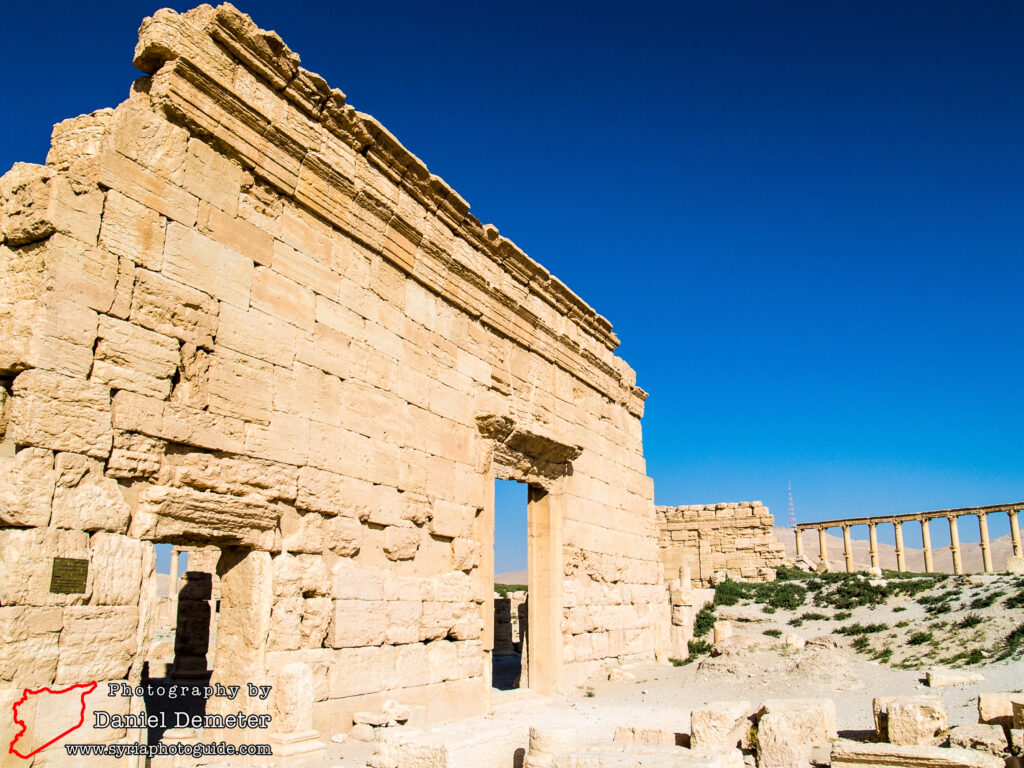
Preservation Status: The archaeological remains of Palmyra (تدمر), including the agora (الآغورا) and tariff court (قاعة الضرائب), are under enormous risk. Since May 2015, the town and environs have been under control of the Islamic State (الدولة الإسلامية) militant group, committed iconoclasts who have purposely targeted archaeological heritage in both Syria and Iraq for destruction. There have been numerous reports of explosives being planted throughout the site, which may include this area.
Getting There: Palmyra (تدمر) is located at a major crossroads in the Syrian desert between three major cities. It is located east of Homs (حمص), northeast of Damascus (دمشق) and southwest of Deir al-Zur (دير الزور). Most buses traveling between Homs (حمص) or Damascus (دمشق) and Deir al-Zur (دير الزور) will stop in Palmyra (تدمر). The agora (الآغورا) and tariff court (قاعة الضرائب) are located in the acropolis, west of the theater (مسرح).
Coordinates: 34°33’02.00″N / 38°16’02.00″E
Transliteration Variants: Tadmur, Tadmour
Rating: 6 / 10
